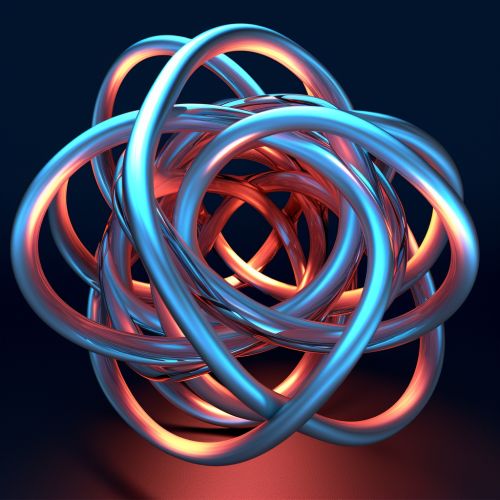Topological Qubit
Introduction
A quantum computer is a type of computer that uses quantum mechanics to perform computations. One of the fundamental units of quantum computing is the qubit. A topological qubit is a type of qubit that uses the properties of topological quantum fields to store and manipulate information. This approach to quantum computing has several advantages, including increased stability and error resistance, which make it a promising area of research in the field of quantum computing.


Topological Quantum Computing
Topological quantum computing is a theoretical approach to quantum computing that uses topological quantum field theory. This theory describes quantum systems in terms of their topological properties, which are properties that remain unchanged under continuous deformations such as stretching or bending. In the context of quantum computing, this means that the information stored in a topological qubit is protected from errors caused by small perturbations in the system.
Topological Qubits
A topological qubit is a quantum bit that is based on the principles of topological quantum field theory. Unlike traditional qubits, which are typically represented as points in a two-dimensional space, topological qubits are represented as loops in a three-dimensional space. This representation allows for a higher degree of error resistance, as small perturbations in the system will not change the overall topology of the qubit.
Properties of Topological Qubits
Topological qubits have several unique properties that distinguish them from other types of qubits. These properties include:
- Stability: Topological qubits are inherently stable, as their state is determined by their topological properties, which are resistant to small perturbations. This makes them less susceptible to quantum decoherence, a major source of error in quantum computing.
- Error Resistance: The topological nature of these qubits also provides a natural form of error correction. Since the information is stored in the overall topology of the qubit, small errors in the system will not change the information stored in the qubit.
- Scalability: Topological qubits are theoretically easier to scale than other types of qubits. This is because the interactions between topological qubits are local, meaning that adding additional qubits to the system does not significantly increase the complexity of the system.
Challenges and Future Directions
Despite the many advantages of topological qubits, there are also several challenges that need to be overcome before they can be used in practical quantum computing applications. One of the main challenges is the difficulty of creating and manipulating topological qubits. Currently, there are no known methods for creating topological qubits in a controlled manner, and manipulating them requires a high degree of precision.
Another challenge is the lack of a comprehensive theoretical framework for topological quantum computing. While topological quantum field theory provides a basis for understanding topological qubits, it is not yet fully understood how these concepts can be applied to quantum computing.
Despite these challenges, topological quantum computing is a promising area of research that could potentially revolutionize the field of quantum computing. With further research and development, topological qubits could provide a stable, scalable, and error-resistant basis for quantum computing.
